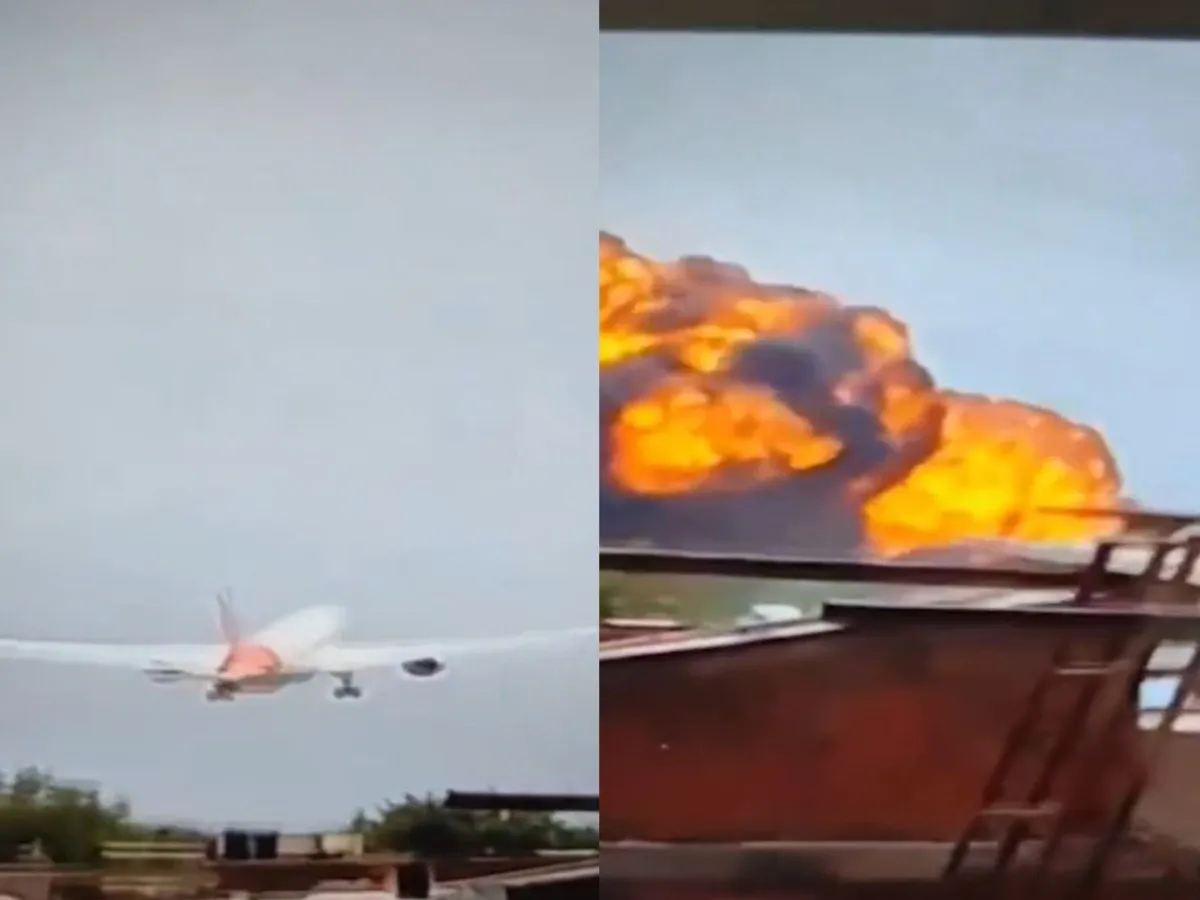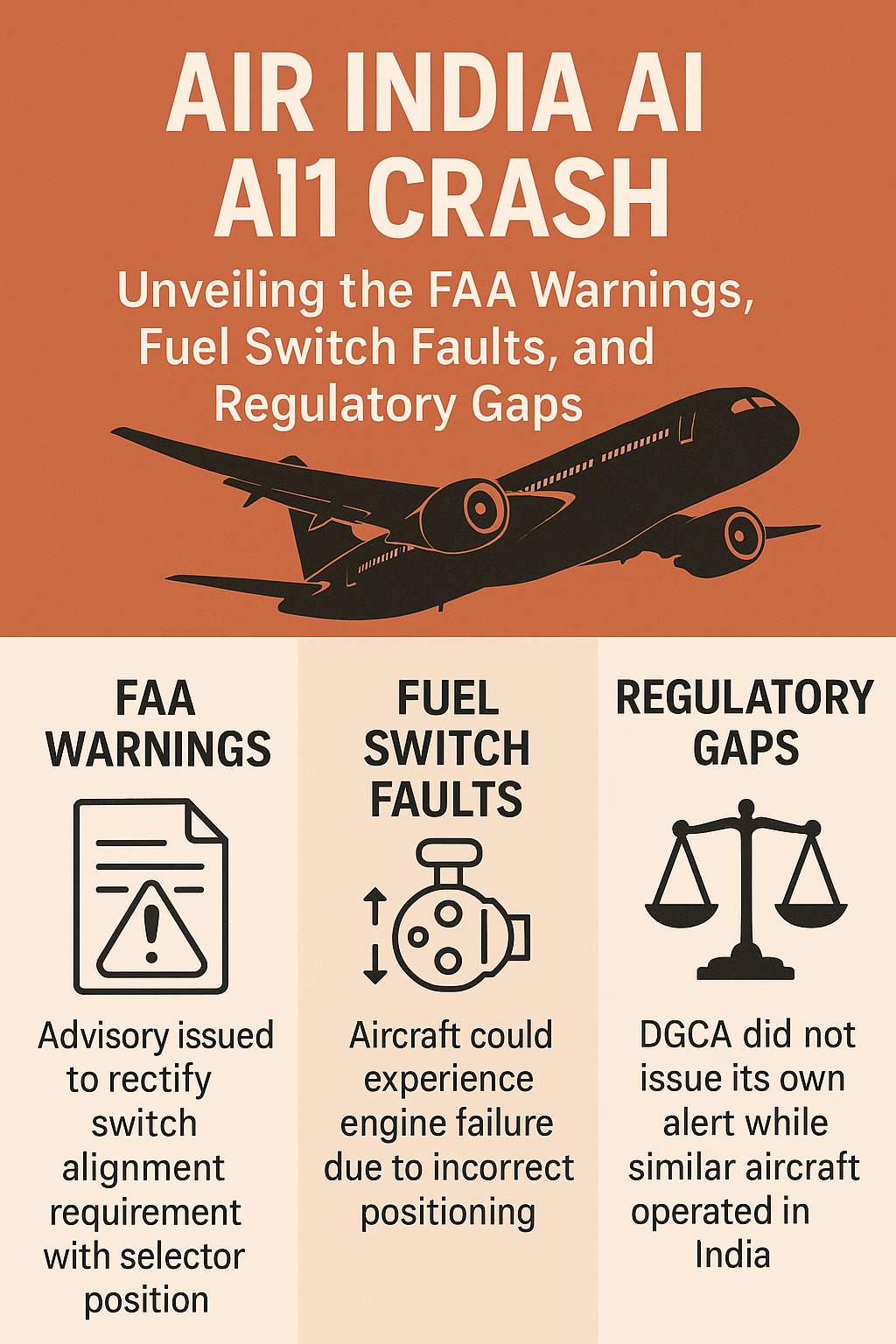The crash of Air India Flight 171 has left the aviation world searching for answers. Initial speculation pointed fingers at everything from mechanical malfunction to human error. But as the dust settles and more evidence comes to light, a more nuanced picture begins to emerge.
Among the many theories circulating, one stands out for both its technical grounding and the debate it has sparked among pilots: vapor lock.
A Breakdown of What Happened
Shortly after takeoff, the Boeing 787 climbed off the runway with engines at nearly full thrust. Then, within seconds, it lost lift and crashed. One of the most critical indicators of system failure — the deployment of the Ram Air Turbine (RAT), a device used only in emergencies — confirmed something went deeply wrong. The landing gear never retracted, and the captain issued a mayday citing a failure to achieve thrust.
As investigations unfolded, one thing became clear: the pilots did not err. There was no flap misconfiguration. Standard protocol was followed. These were experienced professionals who did everything possible to recover control. Their final moments were marked by courageous attempts to save the aircraft.
The Question of Engine Failure
Modern jet engines are marvels of engineering, but they still depend on two fundamentals: clean air and steady fuel. If either fails, so does the engine.
Airflow Concerns
Could a disruption in airflow — such as a compressor stall — be responsible? Typically, such stalls produce loud noises and backfire-like events. However, in this case, there were no witness reports or cockpit audio confirming such disturbances. While we can't completely rule it out, there's no concrete evidence to suggest airflow issues.
Fuel Troubles
When it comes to fuel-related causes, there are a few scenarios worth dissecting:
Manual fuel cutoff can be quickly ruled out. That’s a procedure used at gates, not during takeoff.
Fuel contamination is more plausible. Even with strict filtration systems in place at major airports, there's always a tiny chance something slips through. If contaminants like water or debris made it into the lines, both engines could fail simultaneously.
But the most discussed theory in pilot forums and among experts? Vapor lock.
Understanding Vapor Lock
Vapor lock occurs when liquid fuel in the supply lines turns into vapor. This vapor prevents fuel pumps from delivering the necessary flow to the engine, causing power loss or shutdown.
On the day of the crash, the conditions for vapor lock were almost textbook:
- The outside temperature was a blistering 43°C
- The aircraft had just completed another flight, so engine heat was high
- It had been sitting on hot tarmac for an extended period
- Turnaround time was short, allowing little cooling
- The fuel used may have been more volatile than usual
These factors combined could push the internal fuel temperature close to the aircraft's design limit of 49°C. While it’s statistically rare for vapor lock to affect both engines, it’s not impossible in extreme situations like this.
Where Things Stand
At this point, the following theories have been considered:
- Flap misconfiguration: ruled out
- Compressor stall: possible, but unconfirmed
- Manual fuel shutoff: ruled out
- Fuel contamination: plausible
- Vapor lock: highly plausible given the conditions
Aviation Safety Today
Let’s not forget that commercial aviation remains one of the safest ways to travel. Incidents like this are rare, and every accident is thoroughly investigated to ensure that lessons are learned and future tragedies are avoided.
Flight 171's crash has sparked vital conversations — about engine reliability, ground handling, and the often-overlooked phenomenon of vapor lock. Whether the final cause turns out to be contamination or vapor lock, it’s clear that both deserve serious scrutiny.
In Memory of Those Lost
Beyond the technical analysis lies the human tragedy. Captain Rajan Menon, a veteran with over two decades of flying experience, and First Officer Priya Sharma, embarking on her first international route, gave their lives in service. Alongside them, 157 passengers from 12 nations lost their lives.
Their memory propels the aviation community to keep asking hard questions, to improve, and to ensure such a catastrophe doesn’t happen again.
The investigation is still ongoing. As new information comes to light, it’s our collective responsibility to keep the conversation respectful, informed, and focused on learning.






